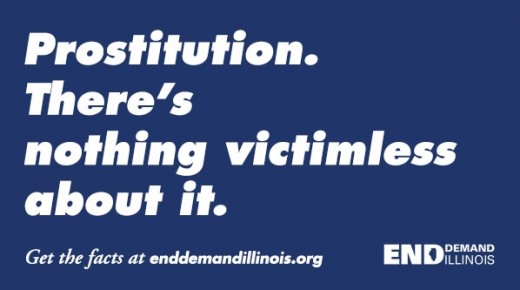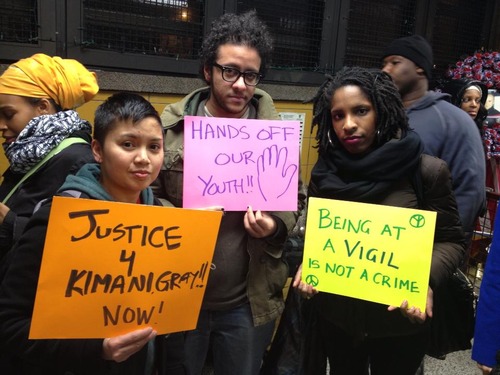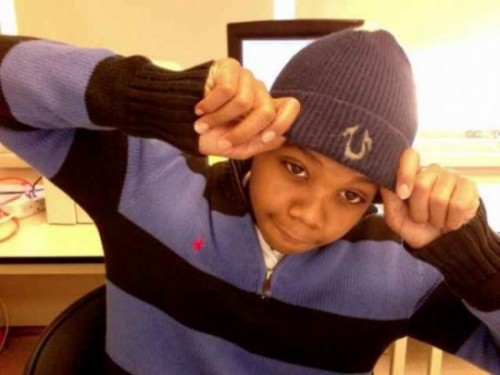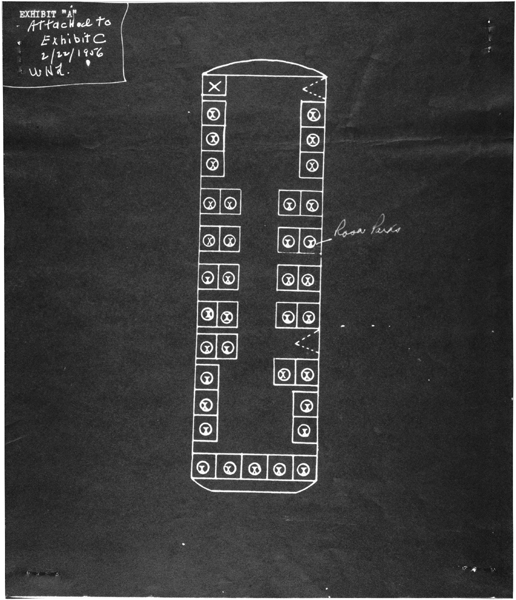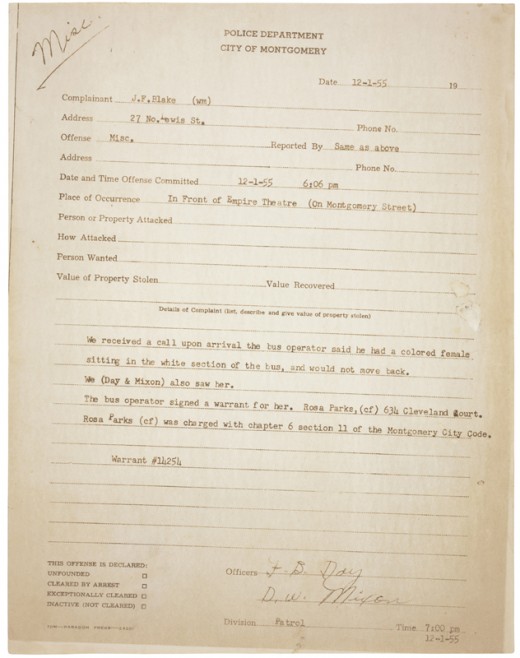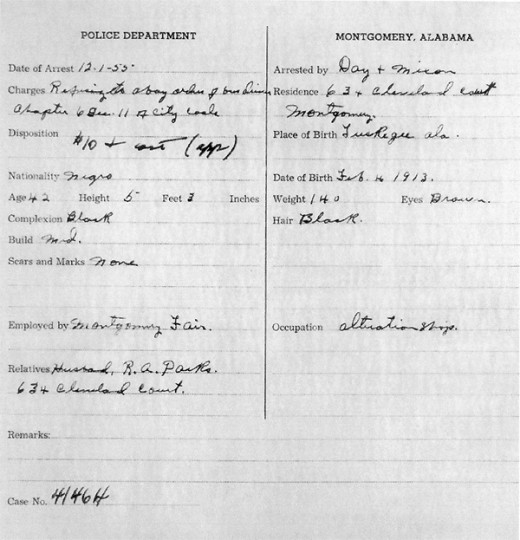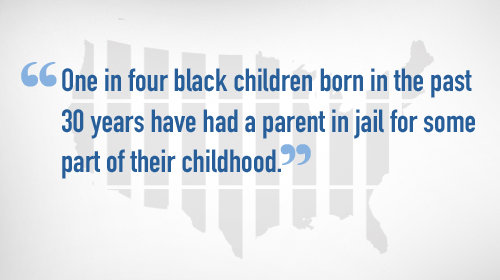A Different Approach to School Safety: A Short Film
Last month, I spent the day at a high school on the West side of Chicago. I was there with my friend the talented Debbie Southorn. Our goal was to document how this particular urban school manages student safety. Debbie is a filmmaker and an organizer. We are both keenly interested in how to interrupt the school-to-prison pipeline. After the Newtown massacre, both of us were concerned that the response might be to add more cops to our schools.
Immediately after President Obama unveiled his gun reform proposals in January, I got to work organizing against more police in schools. With several other people, I launched the Yes To Counselors, No To Cops Campaign. In just a few short weeks, our loose coalition of individuals and groups hosted two community meetings, created a website, launched a petition, letter and postcard campaign, organized a call-in day to our Senators, and more. As part of this work, we also wanted to demonstrate that there are urban schools serving black and brown youth that do not rely on harsh disciplinary policies or law enforcement to achieve their goal of ensuring a safe educational environment. I enlisted Debbie to help and the result is the short film that you can watch below. I have also written a few words about the school as well.
Please share the video with others who might be interested in learning about how we can keep students safe without relying on law enforcement and harsh disciplinary policies. In Debbie’s words, NLCP “cultivate[s] school safety and peace culture in really transformative ways! (Spoiler alert – without cops or metal detectors, with counselors, nonviolence training and political education).”
I am indebted to Debbie for all of her hard work on this film. She filmed and edited it in record time. I think that the film is wonderful and I am grateful beyond all words. Thank you Debbie. Thanks also to our friends at Free Spirit Media for sharing some of their archival footage with us. Finally, a huge debt of gratitude to the administration, staff, teachers, and most importantly students at NLCP for welcoming us (on short notice) and letting us share your story.
